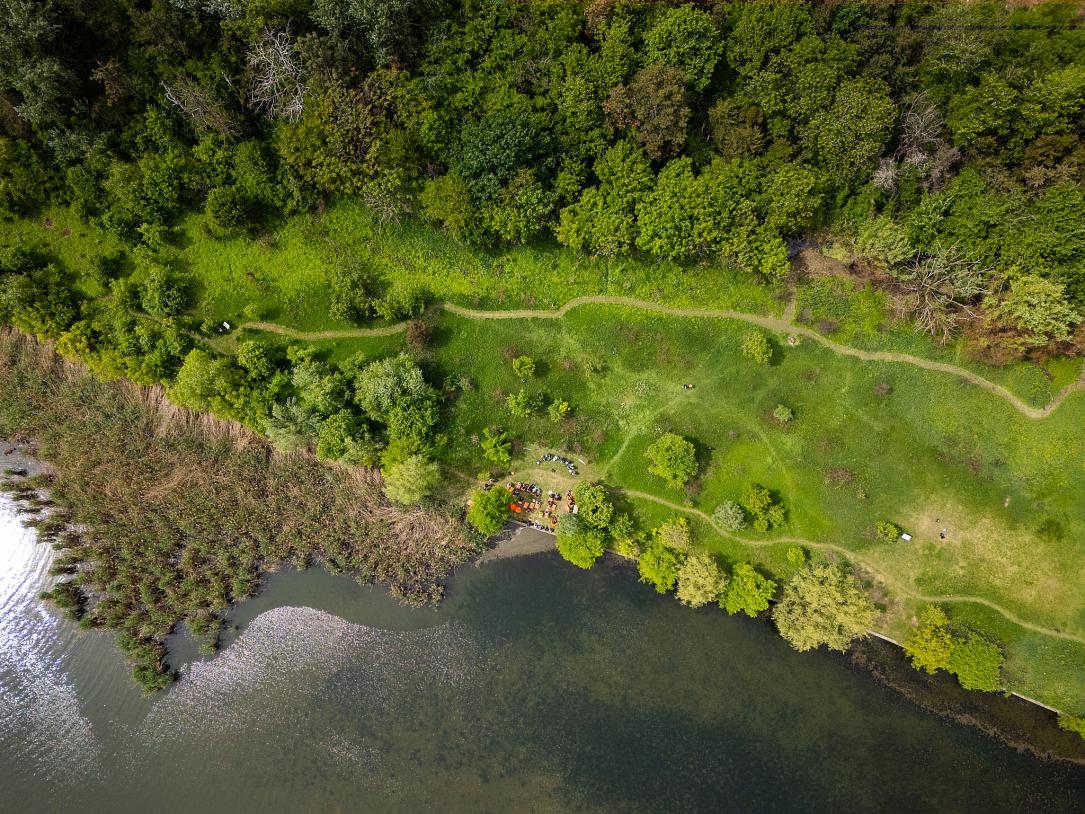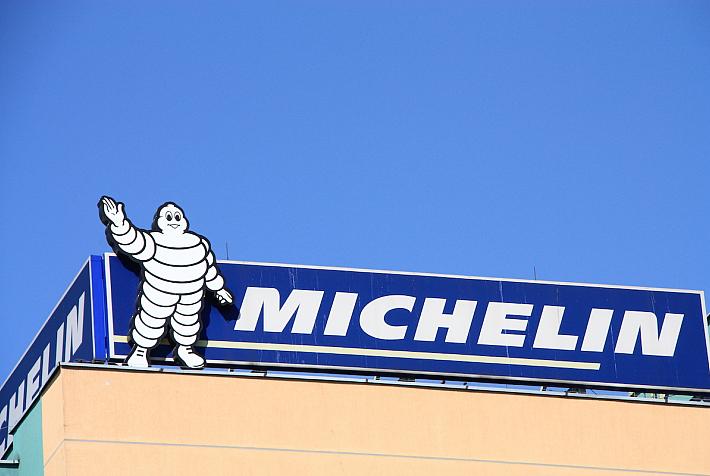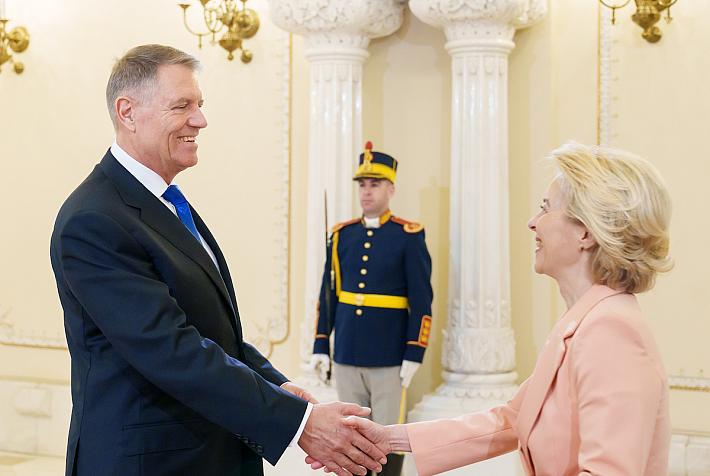Bucharest association advocates for a new protected area at Petricani Meadow

Bucharest’s Văcărești Natural Park Association recently unveiled a project to have over six hectares of green space and water surfaces at the Petricani Meadow declared as a Locally Protected Natural Area.
The area is now accessible to the public, following the completion of a nearly one-kilometer thematic trail with information panels, a viewpoint, temporary ponds, and vital habitats for butterflies and other pollinating insects. The latter are crucial for the well-being of urban ecosystems and increased resilience against climate change.
To preserve the area, the Văcărești Natural Park Association completed a scientific study based on which the Local Council of District 2 can vote to declare the area as a Locally Protected Natural Area. This type of protection sets the groundwork for ensuring security, cleaning the area, building visiting infrastructure, maintaining habitats for endangered species, preventing fires, and managing invasive species.
The area is extremely important as a biodiversity reservoir: 12 mammal species (including otters, stone martens, ferrets, and foxes), 89 bird species, 12 fish species, 3 amphibian species, and 7 reptile species, as well as 101 insect species and over 88 plant species thrive in a relatively confined space. No less than 49 of these species are protected by law.
The Văcărești Natural Park Association organized an outdoor debate at Petricani Meadow on Saturday, April 21. Moderator Mona Nicolici, journalist Catiușa Ivanov, and guests such as the mayor of District 2, Radu Mihaiu, Sebastian Voicu from Romanian Waters, Alina Kasprovschi from the Bucharest Community Foundation, Dan Bărbulescu and Vlad Cioflec from the Văcărești Natural Park Association tackled questions from the public.
An important conclusion of the discussion was that Petricani Meadow deserves the status of a Locally Protected Natural Area, and this proposal will soon be put on the agenda of the Local Council of Sector 2.
In preparation for the debate, the Văcărești Natural Park Association and volunteers from ING Bank Romania cleaned up the waste accumulated over time at Petricani Meadow, cleaned the temporary ponds and accessible reed beds, and built a hibernaculum, a favored shelter spot for amphibians and reptiles.
Hundreds of hectares of green spaces and wetlands have been swallowed up by construction in Bucharest, and tens of thousands of trees have been cut down in recent years. The Văcărești Natural Park Association fights to prevent the irreversible loss of the last urban natural areas in Bucharest: the Dâmbovița Delta (a refuge for water birds), Băneasa Forest (the green lung of Bucharest), and the chain of lakes along the Colentina River (the capital's forgotten river), which includes wild areas like Petricani Meadow, Valea Saulei, and the reed beds of Dobroești.
Together, these areas cover almost 1000 hectares. Protecting them means an additional 5 square meters of green space for each city resident, effectively doubling the green areas currently accessible to the people of Bucharest.
(Photo source: Văcărești Natural Park Association)
















